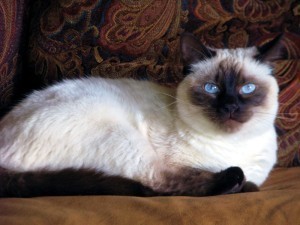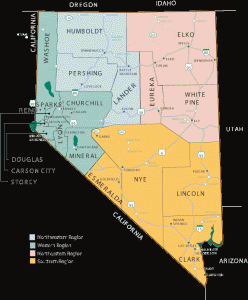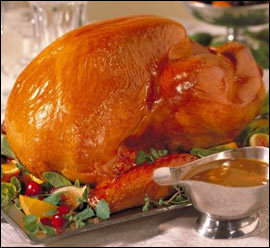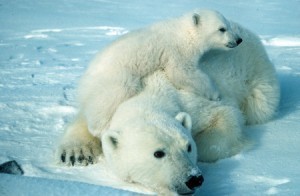What is the Size of a Chow Chow?
Developed in Mongolia more than 4,000 years ago, the chow chow 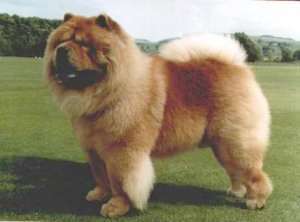 is a dog breed with many interesting features. In China, it is called Songshi Quan because of its puffy appearance. It comes in different colors, the most common include blue, cinnamon and red. Likewise, there are also cream and black colored dogs. For those who want to become familiar with this dog breed, it is good to learn other details about it including the size of a chow chow.
is a dog breed with many interesting features. In China, it is called Songshi Quan because of its puffy appearance. It comes in different colors, the most common include blue, cinnamon and red. Likewise, there are also cream and black colored dogs. For those who want to become familiar with this dog breed, it is good to learn other details about it including the size of a chow chow.
The Size of a Chow Chow
What is the size of a chow chow? For males, the average height ranges from 48 to 56 centimeters or 19 to 22 inches. Meanwhile, the average height for females ranges from 46 to 51 centimeters or 18 to 20 inches. In terms of weight, males can be as heavy as 55 to 70 pounds or 25 to 32 kilograms. On the contrary, the weight of females ranges from 45 to 60 pounds or 20 to 27 kilograms.
Additional Facts and Other Important Details
The coat of a chow chow is described as coarse and thick. Red-colored dogs come in various shades ranging from deep red-brown to light gold. Meanwhile, the shades of the cinnamon-colored variants range from brown to light tan. For the blue-colored varieties, the shades range from gray to dark blue. The average life span of these dogs is 9 to 15 years.
The ears of a chow chow are described as erect, triangular and small. Its skull is broad. It has a sturdy built with a very dense double coat, which may be rough or smooth. The neck has a distinctive mane or ruff appearance. The eyes are almond-shaped and deep set. Its tongue has an unusual color, which ranges from purple to blue-black. The hind legs are very straight, which make its gait stilted. Other common features include a black nose, thick hair and curly tail.
Many people love to keep this type of dog as pet because of its numerous likeable qualities. It approaches strangers seriously, plus it has a deep sense of proprietorship over the place where it lives. For well-socialized and well-bred dogs, aggression and timidity are uncharacteristic.
It is important to take good care of these dogs because just like other breeds, they are still subject to different kinds of diseases and illnesses. These include patellar luxation, hip dysplasia as well as elbow dysplasia. They are also at risk of ocular disorders, pemphigus foliaceus and thyroid disease.
